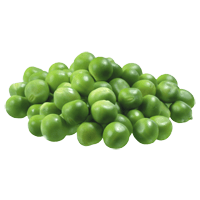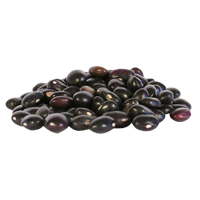Chickpeas Glycemic Index (GI) - Is It High or Low?
Like most legumes, chickpeas can be made into various foods with different textures, tastes, and naturally, nutritional values.
Based on The International Tables of Glycemic Index report, chickpeas in cooked form (boiled) from the Philipines have a low glycemic index of 10.
Chickpeas from Canada have a GI of 33 or 36±5, depending on growing conditions. Dried and boiled chickpeas from Canada have a GI of 31.
Hummus salad dip made from chickpeas has a GI of 6±4. However, branded Australian hummus has a GI of up to 22±5.
A South Asian dish made with chickpeas, Bengal gram dal, has a GI of 11.
Chickpea flour is another common use of this legume. Chickpea flour bread from Australia, made from extruded chickpea flour, has a GI of 67. Chickpea flour bread, made from a different cultivar, Amethyst-type desi chickpeas, has a GI of 55.
According to Harvard Health Publishing, chickpeas’ glycemic index ranges around 28±9 (2).
Consuming chickpeas alongside rice-based or high-glycemic-index foods reduces their glycemic response and regulates blood glucose levels. Chickpeas are important to add to diabetics' diets because they prevent glucose spikes and reduce diabetes complications overall (3)(4).
Research has shown that chickpeas significantly improve insulin resistance and prevent postprandial hyperglycemia and hyperinsulinemia induced by a chronic high-fat diet. This means that chickpeas may be beneficial for correcting dyslipidemia and preventing diabetes (5).



